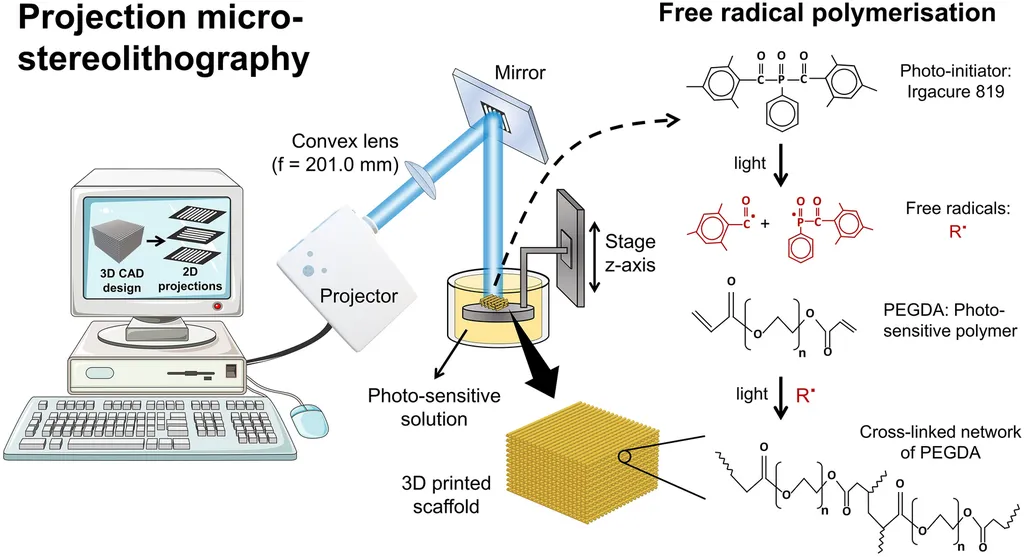In a groundbreaking development for cardiac tissue engineering, researchers have successfully created electroconductive polymeric scaffolds that closely mimic the properties of native cardiac tissue. This innovation, published in *Macromolecular Materials and Engineering* (which translates to *Macromolecular Materials and Engineering* in English), could revolutionize the treatment of myocardial infarction (MI) and pave the way for advanced cardiac patches.
The study, led by Juan Grano de Oro Fernandez from the Department of Mechanical Engineering at University College London, introduces a novel method for producing electroconductive fibers using pressurised gyration (PG) and conductive polymers (CP). The researchers focused on two polymer combinations: polypyrrole (PPy) with polycaprolactone (PCL) in chloroform, and Poly(3,4-ethylenedioxythiophene)‐poly(styrenesulfonate) (PEDOT:PSS) with polyethylene oxide (PEO) in water. By varying the concentrations of these conductive polymers and applying different pressures, the team was able to create fibers that closely resemble the thickness and uniformity of natural cardiac fibers.
“Our goal was to develop scaffolds that not only mimic the physical structure of cardiac tissue but also its electrical properties,” said Juan Grano de Oro Fernandez. “The results have been incredibly promising, with fibers that match the conductivity and structure of native cardiac tissue.”
The study found that PEDOT:PSS 5% at 0 MPa closely matched the endomysium fibers, while PEDOT:PSS 10% at 0 MPa aligned with perimysium fibers. PPy 7.5% at 0 MPa mimicked epimysium fibers, with diameters of 0.38, 1.02, and 3.88 micrometers, respectively. Four-point probe testing revealed that the closest electrical conductivity measurement to the reported cardiac chambers values was 0.22 S/m, achieved by PPy 10% at 0.2 MPa. Fourier-transform infrared spectroscopy (FTIR) confirmed the absence of residual solvent, ensuring that the conductivity was due to the polymer bonds.
This research demonstrates the potential of pressurised gyration as a scalable technique for manufacturing electroconductive fibers, which could significantly advance the development of cardiac patches and improve outcomes for patients with myocardial infarction. The study’s findings open up new possibilities for the energy sector as well, particularly in the development of advanced materials for energy storage and conversion devices.
As the field of cardiac tissue engineering continues to evolve, this research highlights the importance of innovative materials and techniques in creating effective treatments for heart disease. The successful production of electroconductive polymeric scaffolds represents a significant step forward in this area, offering hope for improved patient outcomes and new commercial opportunities in the energy sector.

